Latest DePIN News

4 months ago
Roam Launches Pilot 'Burning' Pool Event for $ROAM Token Conversion
The 2025 Lunar New Year Pilot "Burning" Pool Event, which commenced on January 24, has seen a significant number of users converting their Roam Points into the upcoming $ROAM tokens. Roam has introduced three distinct pilot pools for users to engage in the "burning" process: the General Pool, Miner Pool, and Sticker Pool. Each pool offers unique rewards, and users must familiarize themselves with the specific rules governing participation. To join the event, users need to create an account on the Roam App and earn at least 500 Roam Points, holding them for a minimum of 48 hours before they can begin the burning process.
Many users have raised questions regarding the burning process, particularly about issues they may encounter. Common concerns include the inability to burn points due to insufficient Roam Points, exceeding sticker limits in the Sticker Pool, or selecting the wrong pool for their points. Additionally, app performance issues can affect the burning process, and users are advised to ensure they are using the latest version of the app. It's crucial to note that once the burning cycle begins, it cannot be reversed, and users should carefully evaluate their points and the conversion rates before committing.
Looking ahead, the Pilot "Burning" Pool will serve as a precursor to the official "Burning" Pool, which will incorporate improvements such as removing sticker limits and enhancing the overall efficiency of the process. Users can claim their $ROAM tokens after the Token Generation Event (TGE), with a total supply of 1 billion tokens, of which 400 million will be available at the TGE. For any issues or inquiries, users are encouraged to contact the Roam team through their official channels for support.

4 months ago
Helium Mobile Launches Zero Plan
Helium Mobile Launches Zero Plan
Helium Mobile, a cell phone service utilizing the world’s first community-powered network and the nation’s largest 5G network, has introduced the Zero Plan. This plan offers 3GB of data, 300 texts, and 100 minutes completely free of charge, without any contracts, hidden fees, or gimmicks.
Leveraging a network owned by individuals rather than big corporations, Helium Mobile can provide nationwide service at unprecedented pricing. By combining the Helium Network with the nation’s largest 5G network, the service ensures reliable connectivity for various aspects of daily life.
In an industry where affordability is often compromised for quality, Helium Mobile stands out by offering not only a free plan but also rewarding its users through the Cloud Points program. Subscribers can earn points by engaging in activities like anonymized location sharing, referrals, and surveys, which can be redeemed for gift cards to popular stores and experiences, turning connectivity into tangible value.

4 months ago
Lit Protocol Launches Mainnet Beta and Engaging Quests for Users
Lit Protocol has officially launched its Mainnet Beta, marking a significant milestone in the realm of decentralized cryptography. This innovative platform empowers developers to create secure, autonomous, and interoperable Web3 applications. With over 1,000,000 keys generated, Lit Protocol is on track to secure $100,000,000 in crypto assets across major blockchain networks such as Ethereum, Solana, and Bitcoin. The upcoming full v1 Mainnet launch is anticipated in the first quarter of next year, further solidifying Lit's position in the blockchain ecosystem.
In conjunction with the Mainnet Beta, Lit Protocol has introduced the Ciphernaut's Path, a series of engaging quests designed to immerse users in the Lit ecosystem. These quests offer a unique opportunity to explore various applications and protocols powered by Lit, showcasing the diverse use cases within its ecosystem. Participants can earn points by completing quests, which will later translate into exclusive benefits and rewards. The campaign is set to evolve over several weeks, with new quests and opportunities being added regularly, catering to Web3 enthusiasts and curious builders alike.
The success of this campaign is bolstered by the contributions of integration partners who have developed innovative solutions using Lit Protocol. Notable partners include Genius, a DeFi super-app simplifying token purchases across chains, Vault Layer, which maximizes yield on BTC through non-custodial liquid staking, and Request Network, providing essential financial infrastructure for Web3 projects. As the quests unfold, users are encouraged to engage with the Lit Galxe dashboard to start their journey, climb the leaderboard, and unlock exciting rewards. The Lit Protocol team is eager to witness the creativity and innovation that participants will bring to this vibrant ecosystem.
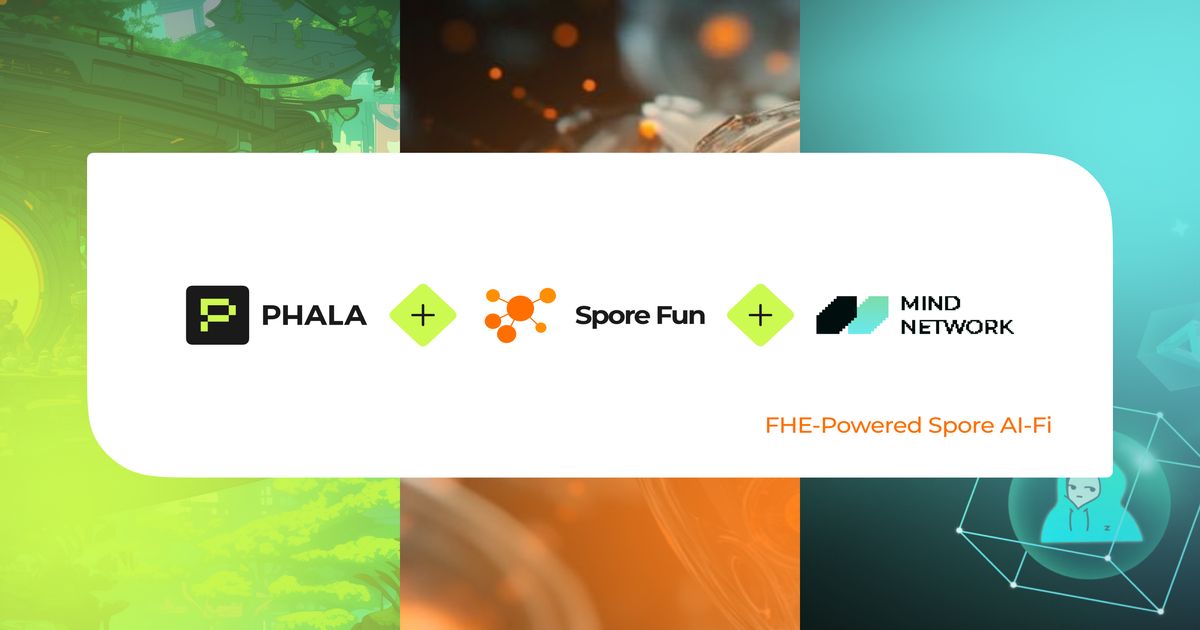
4 months ago
Spore.fun Introduces FHE-Powered Blind Voting to Combat Voting Snipers in AI-FI Governance
Spore.fun is leading the charge in AI-FI (Autonomous AI-Native DeFi) innovation by introducing Fully Homomorphic Encryption (FHE) to enhance secure governance. In collaboration with Mind Network, a pioneer in FHE technology, and integrating with Phala Network’s Trusted Execution Environment (TEE), Spore.fun aims to redefine how AI agents manage decentralized systems. The primary challenge they face is the issue of voting snipers, who exploit the transparency of on-chain governance to manipulate outcomes. These participants stake just before votes, influence community behavior, and then unstake immediately after securing favorable results, leading to market distortions and undermining trust within the community.
To address the problem of voting snipers, Spore.fun is implementing FHE-powered blind voting. This innovative mechanism conceals voter identities and preferences while maintaining transparency and security in the final results. Votes are encrypted before submission, ensuring that no one, including the Spore.fun network or validators, can access the content of the votes. The aggregation of these encrypted votes is performed using FHE, allowing for computations without revealing individual inputs. Additionally, Phala’s TEE plays a crucial role in securely decrypting the final results for publication, ensuring that while individual votes remain private, the aggregate outcome is verifiable and trustworthy.
The integration of FHE into Spore’s governance model unlocks significant community value by enhancing fairness, ensuring privacy while maintaining transparency, and enabling decentralized evolution. This dual-layer security approach, combining FHE and TEE, empowers Spore agents to operate autonomously and securely, driving the next wave of decentralized AI governance. By adopting FHE blind voting, Spore.fun is not only empowering the community with secure, trustless voting but also establishing a framework for fair, privacy-first AI ecosystems. As they continue to innovate, Spore.fun is shaping the future of decentralized AI, ensuring that AI agents can grow and thrive in a secure environment.
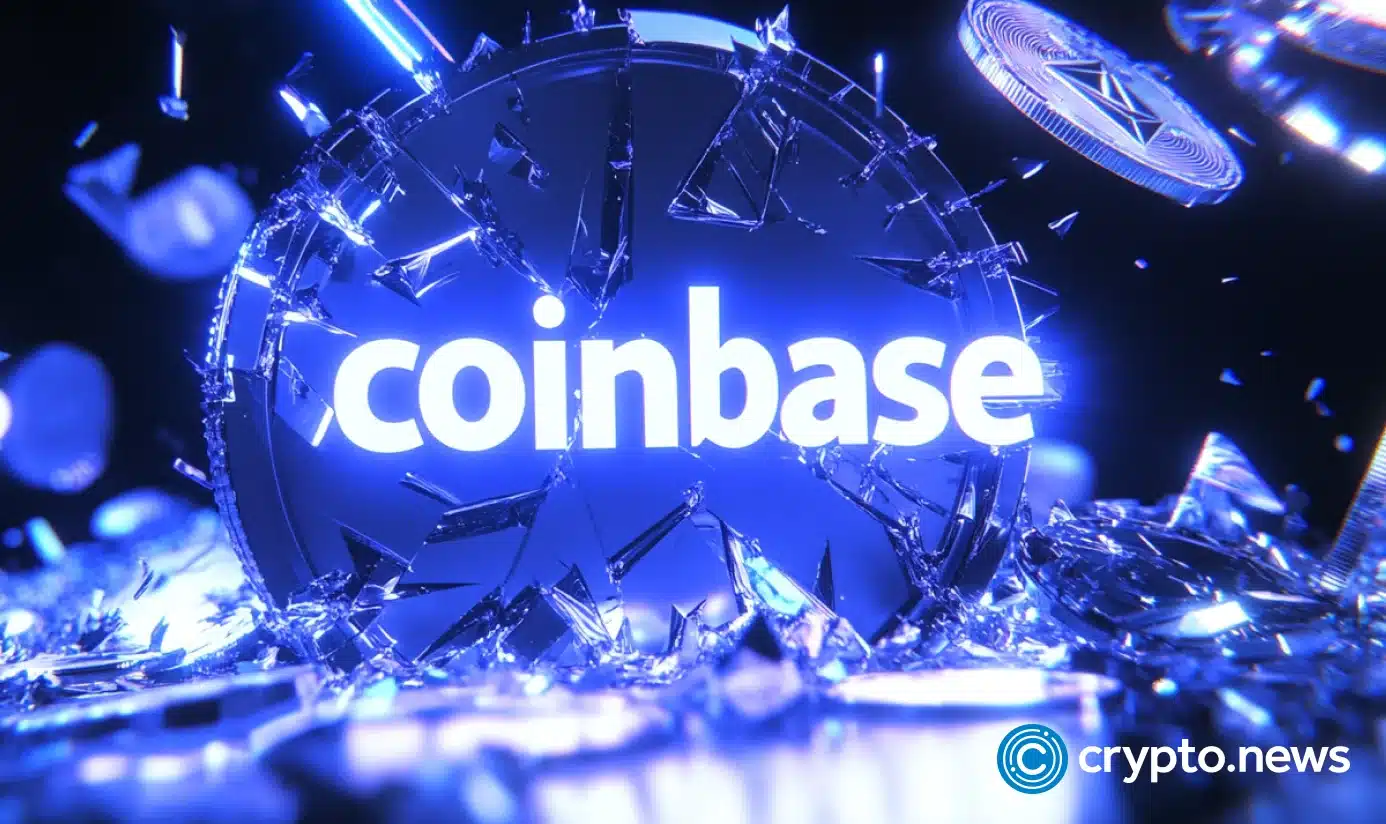
4 months ago
Coinbase Expands Perpetual Futures Trading with New Token Listings
Coinbase, the leading cryptocurrency exchange in the United States, has recently announced the addition of trading support for perpetual futures on three tokens: Pudgy Penguins, Popcat, and Helium. This announcement was made on February 6, with trading for these perpetual futures set to commence on or after 9:30 a.m. UTC on February 13, 2025. The new trading options will be available on both the Coinbase International Exchange and Coinbase Advanced platforms, catering to non-U.S. institutions and eligible retail users in select jurisdictions.
The introduction of perpetual futures for PENGU, HNT, and POPCAT is part of Coinbase's broader strategy to expand its offerings. On the same day, Coinbase also launched perpetual futures for Berachain (BERA), marking a significant addition to its trading portfolio. The BERA-PERP market went live at 17:00 UTC, coinciding with the recent mainnet launch and token generation event for Berachain. The price of BERA experienced a notable surge following its introduction, with listings on major exchanges like Binance and Coinbase being pivotal for its market performance.
In addition to the newly listed tokens, Coinbase has previously launched perpetual futures for other cryptocurrencies, including Tezos, Axie Infinity, and MultiversX. The AXS-PERP, XTZ-PERP, and EGLD-PERP markets are now operational, offering various order types such as limit, market, stop, and stop-limit orders. This expansion reflects Coinbase's commitment to enhancing its trading ecosystem and providing users with diverse investment opportunities in the rapidly evolving cryptocurrency landscape.

4 months ago
Ceramic Joins Textile Family: A New Era for Decentralized Data Solutions
In a significant development in the decentralized data space, 3Box Labs has announced its merger with Textile, marking a new chapter for Ceramic, which is now part of the Textile family. This merger aligns Ceramic with other innovative decentralized data solutions such as Tableland DB and Basin Network. As the crypto industry evolves, the applications being developed with decentralized and composable data are also changing, particularly with the rise of AI agents that are becoming central to data production and consumption. These agents require decentralized storage, open composability, and real-time streaming capabilities, all of which are core to the Ceramic community's offerings.
Looking ahead, Ceramic aims to establish itself as a foundational element of a broader open intelligence network. This network will facilitate autonomous transactions between AI agents, allowing them to buy and sell intelligence on demand. Agents will be able to enhance their knowledge and capabilities by integrating with others, delegating specialized tasks, or monetizing their expertise—all on-chain. Ceramic's role will be crucial in enabling communication and knowledge sharing between agents, complementing the storage technologies developed by Textile.
Despite these changes, Ceramic will maintain its current operations without disruption to its development or customer services. The merger not only strengthens Ceramic's position in the decentralized data landscape but also connects it to a larger network of agents eager to utilize and pay for datasets. This strategic move is expected to foster innovation and collaboration within the decentralized ecosystem, paving the way for exciting advancements in the future.
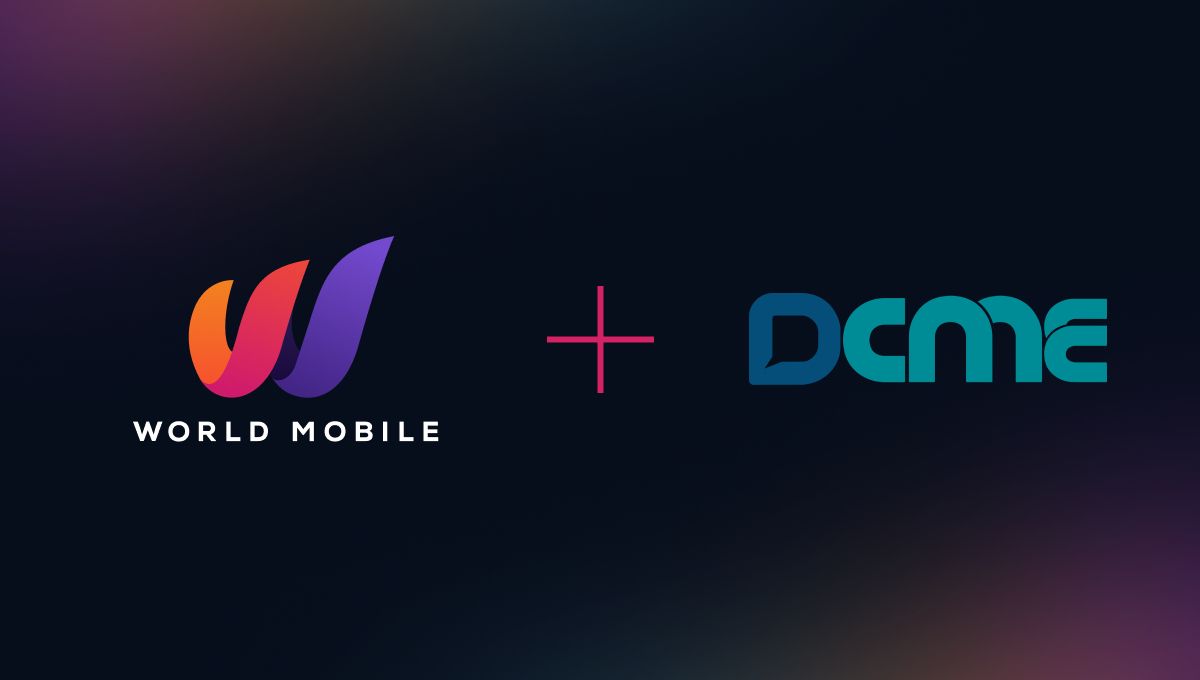
4 months ago
World Mobile Partners with DITO CME to Enhance Connectivity and Financial Inclusion in the Philippines
On February 5th, 2025, World Mobile announced a groundbreaking partnership with DITO CME, the holding company of Dito Telecom, aimed at enhancing mobile and broadband connectivity in the Philippines. This collaboration seeks to address the connectivity gap faced by approximately 25 million Filipinos living in underserved rural areas. By leveraging World Mobile's decentralized physical infrastructure network (DePIN) and blockchain technology, the partnership intends to deliver high-speed, affordable internet access through innovative solutions like World Mobile AirNodes, some of which utilize Starlink's Low Earth Orbit satellite technology.
Central to this initiative is the launch of DTaka, a blockchain-enabled e-wallet platform designed to integrate seamlessly within the DITO CME ecosystem. DTaka will feature a dual-token system that includes a stable-token for remittances and mobile transactions, as well as a utility token for gamification and loyalty rewards. This platform aims to provide a secure and efficient alternative to traditional financial services, fostering financial inclusion and empowering users across the Philippines. Emmanuel Samson, CEO of DTaka, emphasized the platform's potential to revolutionize the e-wallet space by combining World Mobile's blockchain expertise with DITO CME's market reach.
The partnership is a significant step towards promoting Decentralized Physical Infrastructure Networks (DePIN), which encourage shared ownership and operation of essential services. As 2025 unfolds, the initial rollout in the Philippines will pave the way for further expansions, connecting more underserved communities and driving blockchain adoption throughout the region. This collaboration not only highlights the commitment of both companies to innovation and inclusivity but also sets a precedent for future telecommunications advancements in emerging markets.

4 months ago
Empowering AI Agents Through DIMO's Decentralized Infrastructure
In the evolving landscape of artificial intelligence, AI agents are poised to play a pivotal role in everyday decision-making and transactions. The vision presented in USV's "Four Futures" highlights a future where these agents autonomously interact and transact, managing everything from service payments to physical asset oversight. However, the current challenge lies in the distinction between device connectivity and interoperability. Merely connecting a device to an application does not empower AI agents to function across various services. To harness the full potential of AI, a shared protocol that facilitates seamless communication among devices from different manufacturers is essential, and this is where DIMO's decentralized infrastructure comes into play.
DIMO's framework allows AI agents to access device data securely and verifiably, enabling them to make informed decisions on behalf of users. This capability extends to real-world applications, such as optimizing electric vehicle (EV) charging and automating parking fee management. For instance, an AI agent could analyze real-time electricity pricing and the vehicle's battery health to determine the optimal charging times, ensuring cost savings while prolonging battery life. Similarly, by utilizing location data, the agent can automatically manage parking fees, interfacing with city and private APIs to prevent unnecessary charges without user intervention. These examples illustrate how DIMO's protocol facilitates intelligent interactions within a networked device ecosystem.
The importance of decentralized infrastructure cannot be overstated, as it not only enhances network resilience but also expands the potential for AI agents to operate across a broader range of devices. For AI to transition from software-based decision-making to tangible real-world control, it must rely on secured oracles for trustworthy data, device interoperability for extensive control, and machine identity frameworks for secure transactions. While many AI initiatives expect this infrastructure to develop organically, DIMO and its community are actively constructing it now, fostering an open and decentralized environment where AI agents can thrive and exert real-world influence.
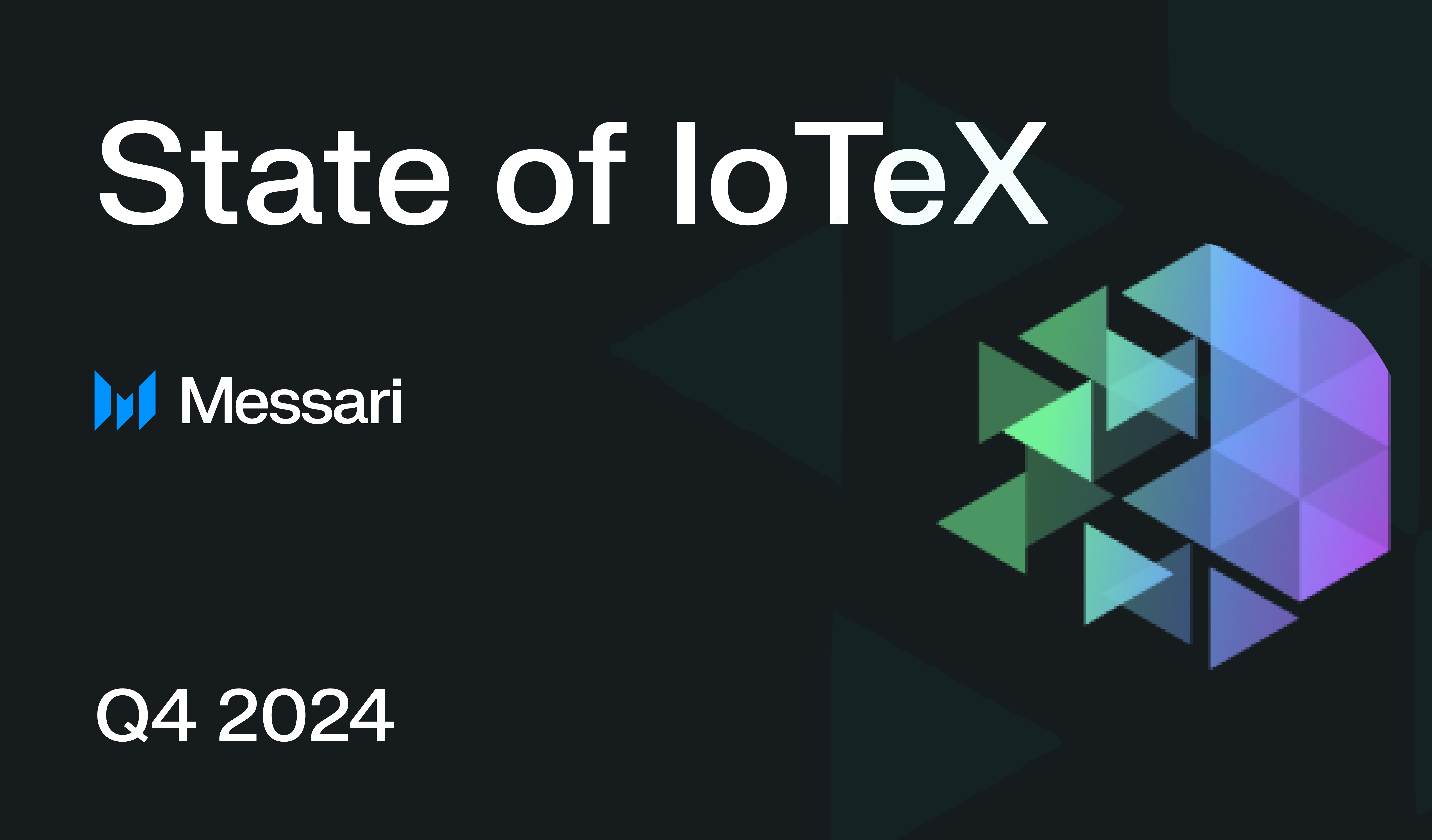
4 months ago
IoTeX 2.0 Launch Drives Record Growth and AI Integration
In the fourth quarter of 2024, IoTeX experienced remarkable growth following the launch of its 2.0 version, with average daily transactions skyrocketing by 1,267% quarter-over-quarter (QoQ) to reach 384,300. This surge was complemented by peak throughput hitting 62 transactions per second (tps). The total fees accrued on the IoTeX Network also saw a significant increase of 205% QoQ, amounting to $448,500, driven largely by a staggering 1,600% rise in gas fees and a 690% increase in decentralized exchange (DEX) fees, primarily from activity on Mimo. The introduction of the ioID protocol, which provides a universal onchain identity solution for smart devices, has played a crucial role in this growth by enabling verifiable device identities and enhancing user engagement in the decentralized physical infrastructure networks (DePIN) ecosystem.
IoTeX has also made strides in integrating artificial intelligence (AI) into its platform with the launch of BinoAI, an autonomous agent built on the ELIZA framework. This development is part of a strategic partnership with Eliza Labs, aimed at creating AI agents that can perceive and interact with physical environments using DePIN data. Additionally, the release of Quicksilver, a middle-layer framework, facilitates the connection between DePIN data and AI agents, allowing for real-time data processing and adaptive responses. These innovations position IoTeX as a leader in the convergence of AI and DePIN, potentially transforming how decentralized applications interact with real-world data.
The IoTeX ecosystem has expanded significantly, now hosting 251 projects, including 66 focused on DePIN. Partnerships with various entities, such as Nubila for environmental data and Streamr for decentralized data streaming, have further enriched the ecosystem. The recent upgrades to IoTeX Core, particularly the Cancun EVM compatibility, enhance the network's functionality and interoperability with Ethereum. As IoTeX continues to innovate and expand its offerings, it is poised to play a pivotal role in the future of decentralized infrastructure and AI-driven applications.
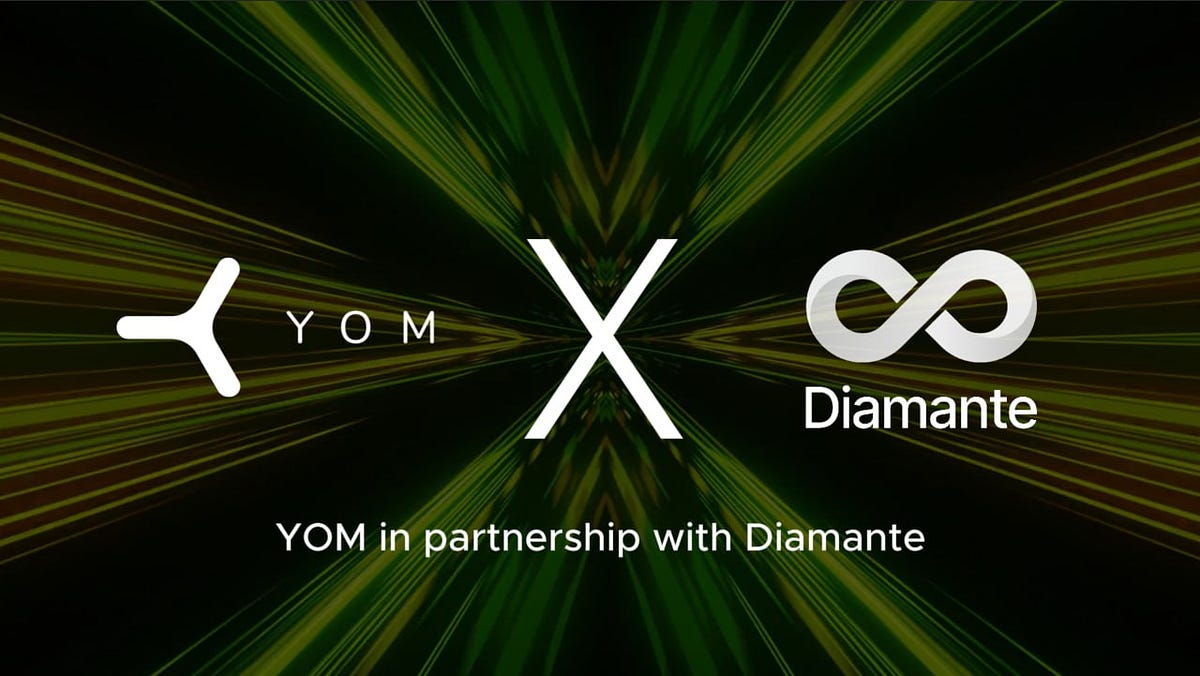
4 months ago
YOM and Diamante Partner to Revolutionize Decentralized Cloud Gaming
In a significant move to enhance decentralized cloud gaming, YOM and Diamante have announced a partnership that aims to leverage the strengths of both companies. YOM is recognized for its advanced decentralized pixel-streaming network, which offers a range of solutions tailored for cloud gaming, including voice chat, multiplayer capabilities, and cross-device controls. On the other hand, Diamante stands out as a next-generation hybrid blockchain designed to integrate both private and public networks, emphasizing quantum-resistant security and scalability. This collaboration promises to provide a robust foundation for decentralized applications and in-game transactions, utilizing advanced consensus mechanisms such as Delegated Proof of Stake (DPoS), Proof of History (PoH), and Asynchronous Byzantine Fault Tolerance (aBFT).
The integration of Diamante’s blockchain infrastructure with YOM’s pixel-streaming network is set to revolutionize gaming experiences. By allowing games built on Diamante to launch on YOM’s platform, players globally will enjoy instant accessibility and low-latency gameplay. A standout feature of this partnership is the incorporation of Diamante’s native wallet functionality, which facilitates seamless in-game transactions for NFTs and digital assets. This integration not only enhances user experience but also ensures that both players and developers benefit from the security measures provided by Diamante’s blockchain. The ongoing joint research and development efforts will further explore how this innovative technology can enhance YOM’s decentralized gaming platform.
The partnership between YOM and Diamante is poised to create a compelling bridge between their respective ecosystems, enabling unprecedented gaming experiences characterized by security, scalability, and accessibility. Joint marketing initiatives will be launched to showcase the combined capabilities of their technologies, fostering engagement and growth within both communities. As the web3 gaming space increasingly incorporates financial transactions, the integration of Diamante’s secure blockchain into the YOM ecosystem will empower developers to create games that prioritize player protection while taking advantage of the expansive decentralized gaming network. This collaboration sets a new standard for the future of gaming and beyond.
Signup for latest DePIN news and updates